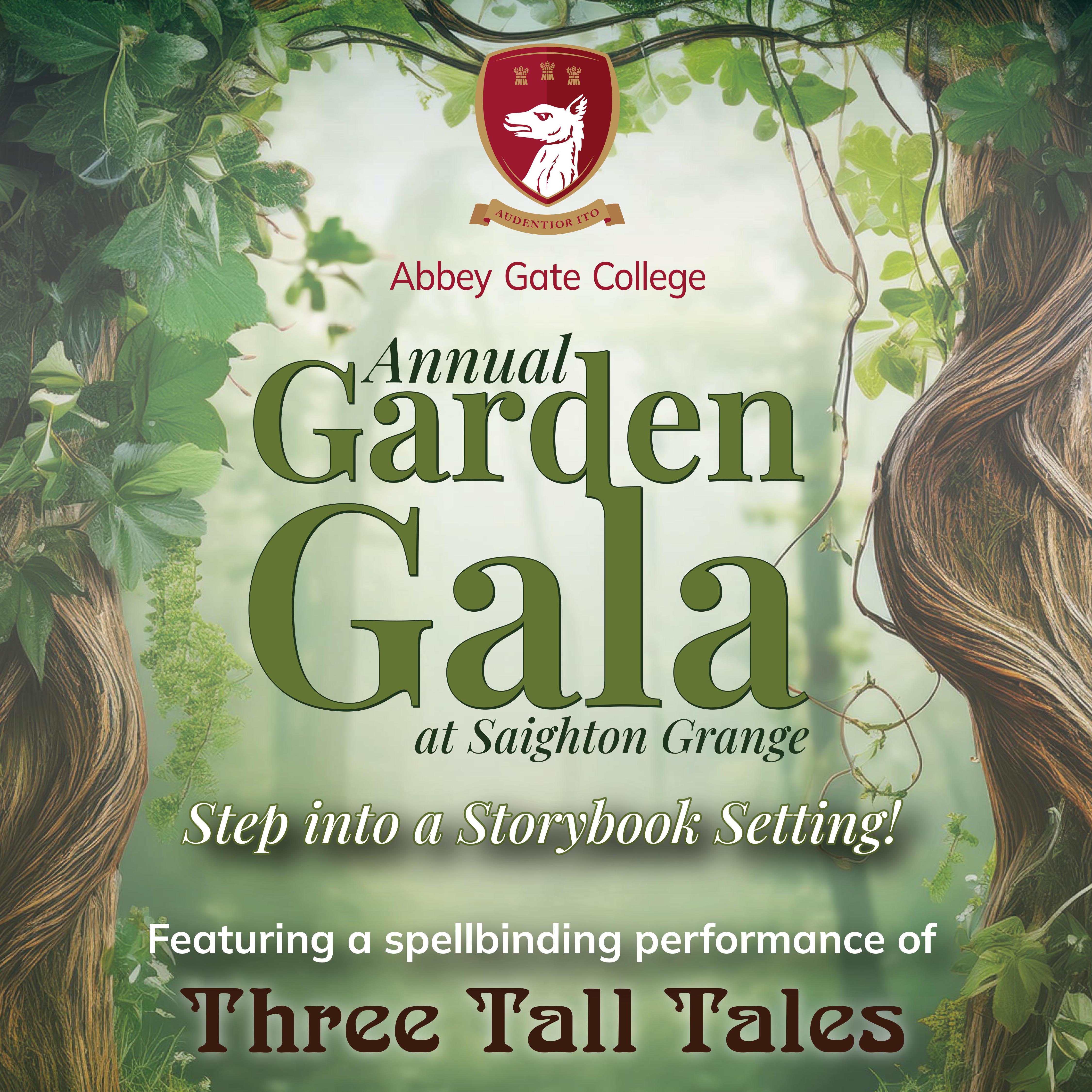 Year 10 History Students Enrich their Studies with Visit to WWI Battlefields
Published on 7th June 2024
Year 10 History Students Enrich their Studies with Visit to WWI Battlefields
Published on 7th June 2024
To enrich and animate their curriculum, students studying GCSE History at Abbey Gate College are invited to take part in a First World War Battlefield Tour of Belgium and Northern France.
This year, the trip took place during our Activity Week in early June.
As well as being an interesting visit, the tour greatly enhances the students’ understanding of this key event on the GCSE History specification – ‘Injuries, Treatment and the Western Front trenches.’
The sites in the itinerary include Langemarck Cemetery, Tyne Cot Cemetery, Lochnagar Crater, Newfoundland Park, the Thiepval Memorial, Vimy Ridge, the Ypres Museum, Sanctuary Wood and the Menin Gate. Where possible, the History department also try to visit cemeteries where fallen ancestors of our students are either buried and/or named- again, making the connection to the past that much more tangible.
Mr Dickins, Head of History, has written the following daily report of the trip:
Day 1
Late into Sunday night and early Monday morning, Year 10 historians made our annual trek to the World War 1 Battlefields of France and Belgium – this time via a gentle channel crossing to Dunkerque. After a good breakfast on board, we disembarked the ferry and headed straight for the Choques military cemetery near Amiens. Here, well off the beaten track, we discovered the site of a former Casualty Clearing Station where Lieutenant Arthur Broadbelt – great great uncle of Felicity McE – died of his wounds. Over 1800 others buried alongside him suffered a similar fate. Here they can be remembered.We then drove into the Ypres Salient in Belgium where we stopped at the Paasendeale museum. This spectacular reconstruction of a dugout system brings home the experience so many soldiers must have had – deep underground in dark, damp refuges, sheltering from enemy artillery fire. The munitions collection was similarly impressive, with massive 15inch shells giving some idea of the damage shrapnel did to men on both sides of the conflict.
Our hotel in the central square came as a welcome rest, therefore, from a long but unifying journey. And after a spell of free time and Belgian chocolate, it was time to catch up on some sleep.
Day 2
Day 2 is our time to remember – remember the hundreds of thousands of soldiers who died in this most tragic of conflicts, and so we began by calling at Essex Farm cemetery. Here John Macrae wrote his famous ‘In Flanders Field’ poem which was movingly read by Morgan H, Jemima Y and Pablo SL. Working under difficult conditions in an advanced dressing station, Macrae would have seen the worst the war could offer. Here also is buried Valentine Strudwick who was no older than our Year 10 students when he died.
We then drove to the German cemetery at Langemarck where 44,000 are buried – over half in a small, rectangular pit near the entrance. The mood is very different here. Peaceful still, but darker, less respected somehow. Tyne Cot – our next visit – stands is stark contrast. Over 12000 pristine graves do some justice to the soldiers who sacrificed everything here in the 3rd Battle of Ypres. By the side of a dugout/come First Aid post, we tried to put the casualty numbers into scale as we surveyed the wide, open (and then water-logged) plain up which the allied forces fought for 3 months.
After Tyne Cot it was the Casualty Clearing Station at Lijssenthoek – just outside Poperinge. So far all the graves we had seen belonged to men, but there was a nurse here who was killed from an artillery bombardment – 5 others had escaped with just concussion. One Hundred generals attended the funeral of Nellie Spindler – perhaps some evidence of how perceptions of women’s role in society were changing.
Our last cemetery (commemorating New Zealand casualties) was on the ridge at Messines. Bryce C’s great uncle died here, though his body was never found. His Dad – Mr C, met us at the site and showed us some shrapnel pieces he’d discovered in a nearby field immediately before we arrived. Bryce was heading back early for a GCSE Statistics exam, but not before they had returned to the field and found parts of a German grenade!
With our cemetery visits complete, we returned to Ypres for a final excursion to the Flanders Field museum, followed by some shopping for Belgian chocolate, and dinner at the Hotel. Olivia D and Christian B then got dressed up in school uniform and we walked across to the Menin Gate for the daily Last Post and wreath-laying ceremony. A young Scottish bagpipes band accompanied the event, and one American former soldier recognised Mr Dickins as a former UK Prime Minister. I set him right on that one!
Day 3
An early start for the last day as we had to reach the town of Arras in France by 9am. Stuck on the front line for most of the war, 80% of its buildings were destroyed, but underneath was a medieval limestone quarry and it was here that New Zealanders tunnelled in preparation for a diversionary offensive in the spring of 1917. We went down in a lift 20 metres to the heart of ‘Wellington’ quarry and the museum creatively took us through the various preparations for this rare successful attack.
From Arras we drove to the Somme and Ulster Tower, where 3 Northern Irish brigades fought so effectively on 1st July 1916. Our guide passionately recounted stories of tear-jerking bravery as he took us round a section of the trenches in Thiepval wood. A single artefact – a spoon with a bullet hole and a service number – brought to light the story of one soldier who was wounded in the leg (he kept his spoon in his boot putties), returned to France on lighter duties and died in 1953. The guide also told us about 3 soldiers whose bodies were only discovered in 2013, and he showed us a grenade at the side of the road – one of three that had been unearthed that week – painted yellow as a warning.
That was our last excursion – with time only for a brief look at the British memorial at Thiepval. Thoughout the trip our students were incredible – interested, caring, and always respectful. Many members of the public paid them compliments and I hope they all got something out of their time in France and Belgium.

















